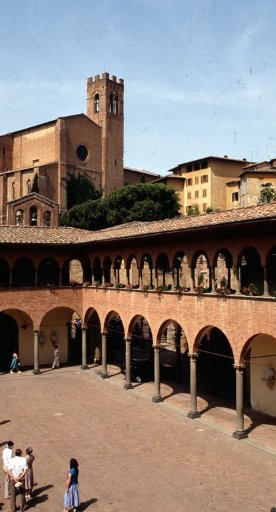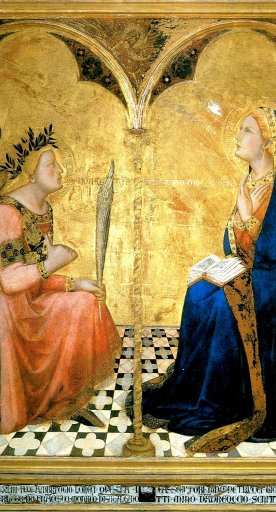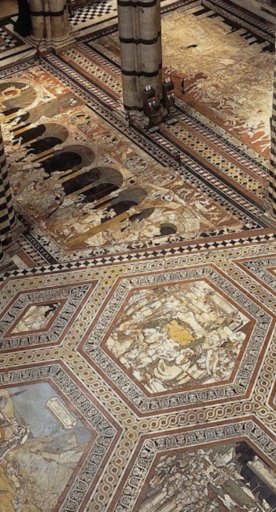
Palazzo Pubblico in Siena
The symbol of the city's political power towers over the Piazza del Campo
The Palazzo Pubblico in Siena, also known as the Palazzo Comunale, looms imposingly over Piazza del Campo and is one of the symbols of the city of the Palio, along with its imposing Torre del Mangia.
Built between 1297 and 1310 at the behest of the Government of the Nine of the Republic of Siena, it was the residence of the Signoria and Podestà and still symbolizes political power because it is the seat of the City Hall.
The facade reflects different periods of construction, in the first period stone and then brick was used, while the top of the palace is decorated with Guelph battlements and in the center is the monogram of Christ a large white marble disk. The Torre del Mangia was added in the 14th century, as was the marble Cappella di Piazza, built in 1352 as thanksgiving to Our Lady for the end of the Great Mortality that scourged Siena for a decade.

On the first floor is the Museo Civico, which houses masterpieces of Sienese art such as "Effetti del Buon Governo e del Cattivo Governo", the cycle of frescoes by Ambrogio Lorenzetti depicting two cities compared, the one where peace and prosperity reign because it is well governed and the one where corrupt administration causes misery and ruin. Not forgetting Simone Martini's splendid "Maestà", one of the most important works of the 14th century in Italy, which depicts the Madonna and Child surrounded by angels and saints protecting the city.
Also on the first floor is the Teatro dei Rinnovati, while on the second floor is the City Council Chamber and the Loggia dei Nove, overlooking the Piazza del Mercato from which there is a splendid view as far as the Orto de’ Pecci.









